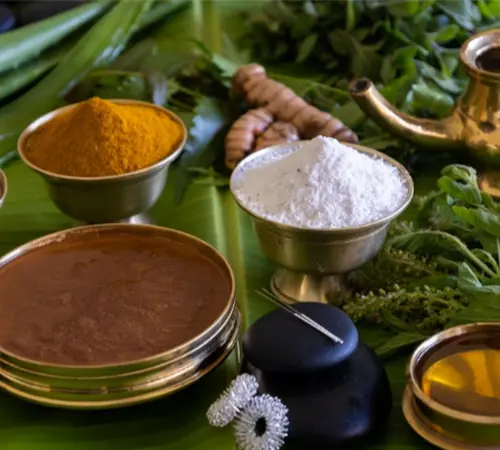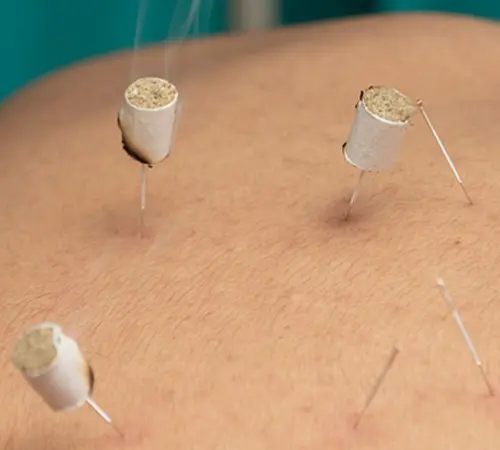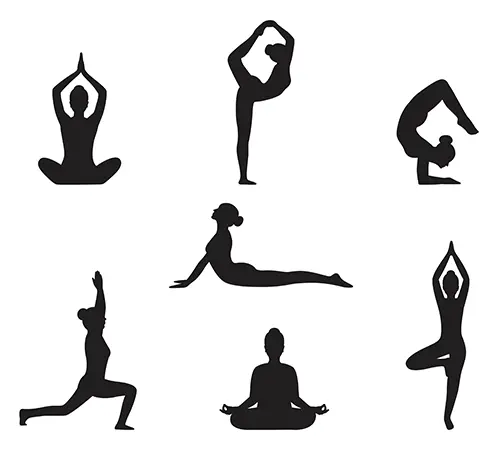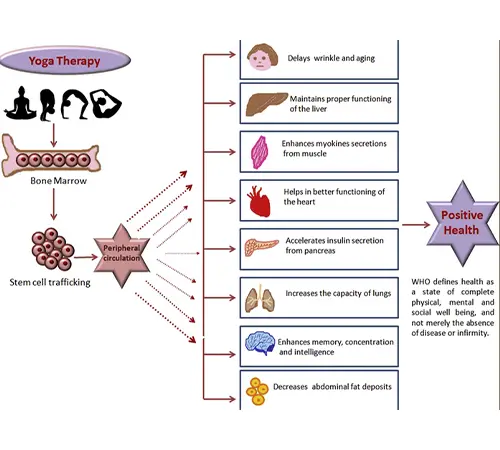Revita Life Sciences
Naturopathy
Naturopathy, an alternative form of medicine, integrates modern medical practices with traditional approaches. Its primary focus is harnessing the body’s innate ability to self-heal.
As an eclectic and holistic medical system, naturopathy emphasizes natural remedies and the body’s inherent capacity for healing and maintenance.
Treatment within naturopathy is rooted in the concept of Panchamahabhutas – Earth, Water, Fire, Air, and Ether – which constitute the fundamental elements of the body. These elements are utilized to revitalize the body, promote rejuvenation, and bolster the immune system against external disease-causing factors.
Techniques and Benefits of Different Modalities of Naturopathy
Dietary Therapy
Fasting Therapy
Mud Therapy
Hydrotherapy
Massage Therapy
Acupressure
Acupuncture
Expansion
Naturopathy operates on three levels of intervention: preventive, promotive, and curative, aiming to prevent and treat diseases by addressing their root causes and promoting optimal health.
Key principles and beliefs guide naturopathic treatment plans:
- Self-healing: Naturopathy focuses on identifying and removing obstacles to recovery, allowing the body’s innate ability to heal naturally.
- Addressing underlying symptoms: Rather than merely alleviating symptoms, naturopathic approaches aim to resolve underlying physical or mental issues by addressing the body, mind, and spirit.
- Safe treatment: Naturopathic treatments prioritize methods that have no harmful side effects and do not negatively control symptoms.
- Holistic approach: Naturopathy considers all aspects of a person’s health, treating the individual as a whole to achieve effective results.
- Education in self-care: Naturopathic practitioners empower individuals with knowledge and tools for self-care to promote overall well-being.
- Prevention: Naturopathic practices advocate for the removal of toxic substances from one’s lifestyle to prevent the onset of health problems.
The human body possesses a sophisticated healing mechanism that continuously works to maintain and restore optimal health. This innate healing power is integral to our being and enables the body to self-heal. By prioritizing adequate rest across physical, physiological, mental, emotional, and sensory aspects, the body’s curative forces can carry out restorative and regenerative processes effectively.
Naturopathy facilitates the reconnection with one’s innate healer, and the treatment process aims to create a conducive environment conducive to self-healing.
YOGA
The term ‘yoga’ originates from the Sanskrit word ‘yog,’ meaning union. The ultimate aim of yoga is to attain union between individual consciousness (atma) and universal divinity (paramatma). It is a practice that fosters harmony between the body, mind, and soul through the use of ‘asanas’ and meditation.
Yoga is both an art and a science, aiding in the cultivation of physical and mental control through regular practice. It enhances blood flow, promoting vascularization, which ensures ample blood supply to tissues and boosts the production and maintenance of stem cells.
Furthermore, yoga facilitates healing processes by enhancing stem cell trafficking, crucial for organogenesis in developing organs. It also reduces oxidative stress and blood pressure, improves pulmonary and autonomic function, mood, sleep, and quality of life, and minimizes reliance on medication. Increased telomerase activity and stem cell count in participants undergoing yoga retreats contribute to enhanced longevity and improved quality of life in later years.
Yoga encompasses four branches:
- Bhakti yoga, focusing on love and devotion to the divine.
- Karma yoga, emphasizing selfless service to others.
- Jnana yoga, centered on intellect and knowledge.
- Raja yoga, involving the scientific and systematic study of the external and internal body.
Styles of yoga include:
- Yama, addressing social aspects and relationships with others.
- Niyama, focusing on individualistic relationships with oneself.
- Asana, involving specific postures for alignment.
- Pranayama, focusing on breath control.
- Dharana, centered on awareness and perspective.
- Dhyana, involving contemplation and meditation.
- Samadhi, connecting with the ultimate.
In its broadest sense, yoga serves as a way of life, promoting harmony with oneself and the world, and enabling practitioners to transcend perceived mental and physical limitations.
Pranayama, a key component of yoga, involves regulating breath to restore the body’s rhythm and enhance circulation and cell migration. In diabetic patients, pranayama may stimulate beta cells for insulin production. Additionally, hypoxic preconditioning during myocardial infarction improves the transplantation efficacy of stem cells.
Naturopathic treatment, which emphasizes lifestyle changes and natural remedies, can significantly benefit individuals with reduced stem cell populations before undergoing regenerative therapy. Simple lifestyle modifications, such as adopting a nutritious diet, maintaining an active lifestyle through exercises and yoga, and minimizing exposure to toxic chemicals and medications, can increase stem cell counts and facilitate healing.
The body possesses inherent healing abilities, which, when combined with advancements in medicine, can yield remarkable results without adverse effects. Naturopathy, with its holistic approach, has proven effective in addressing various health issues, ranging from diabetes and breathing difficulties to hormonal imbalances and cancer. It all begins with belief in the healing potential of natural remedies.








